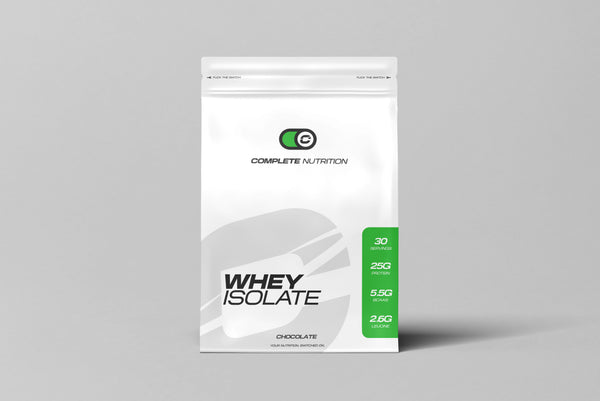When it comes to resistance training, two of the most common approaches are strength training and hypertrophy training. Although they often overlap, they serve distinct purposes and rely on different methods to achieve results. Strength training focuses on increasing the maximum force your muscles can produce, while hypertrophy training aims to increase the size and volume of those muscles. Understanding the key differences between the two is essential for anyone looking to build an effective workout plan that suits their goals, whether that is developing power, enhancing physical appearance, or improving overall fitness.
If you want to learn more about how nutrition supports muscle growth and recovery, visit our [Protein Powder Guidance Hub] for detailed advice on how protein fuels progress and helps build lean strength safely.
Defining Strength Training
Strength training is all about improving the ability to exert force. It involves lifting heavier weights with lower repetitions, focusing on building neural efficiency and muscle coordination rather than size. The primary goal is to make muscles stronger, not necessarily bigger. Strength training helps improve functional performance in daily activities, sports, and other exercises, making it a cornerstone of overall physical capability.
For example, powerlifters and athletes often prioritise strength training because it enhances performance without the need for excessive muscle bulk. The emphasis is on lifting heavy loads efficiently and safely, often using compound movements like squats, deadlifts, and bench presses that engage multiple muscle groups at once.
Defining Hypertrophy Training
Hypertrophy training, on the other hand, focuses on increasing muscle mass. It involves moderate to heavy weights lifted for higher repetitions, typically in the range of eight to twelve reps per set. The aim is to create enough tension and muscle damage to stimulate growth during recovery. Bodybuilders use hypertrophy-focused workouts to sculpt their physique and increase muscle definition.
Hypertrophy relies on volume, consistency, and time under tension. While the weights may not be as heavy as those used in pure strength training, the cumulative workload is greater. This approach not only improves muscle size but also enhances endurance within the muscle fibres, allowing for longer and more controlled sets.
The Science Behind the Difference
The human body adapts differently depending on the type of stress applied. Strength training primarily targets the nervous system, improving how efficiently the brain communicates with muscles. Over time, this neural adaptation allows you to recruit more muscle fibres during each lift, increasing overall strength without necessarily increasing muscle size.
Hypertrophy training targets the muscle fibres themselves, encouraging microtears that trigger the repair and growth process. This process, known as muscle protein synthesis, thickens and enlarges the muscle tissue, resulting in a more defined and muscular appearance. Essentially, strength training improves how well your muscles perform, while hypertrophy training enhances how they look.
Differences in Training Volume and Intensity
The biggest difference between strength and hypertrophy training lies in volume and intensity. Strength training uses heavier weights and lower repetitions, often between one and five reps per set. This maximises intensity but keeps total volume lower to avoid overexertion. Longer rest periods of two to five minutes between sets allow full recovery of the nervous system and energy stores.
Hypertrophy training involves lighter weights but higher total volume, typically using six to twelve repetitions per set with shorter rest periods of thirty to ninety seconds. This creates metabolic stress and muscle fatigue, both of which contribute to muscle growth. The intensity is still high, but the emphasis is on controlled effort rather than maximum load.
Exercise Selection and Structure
Both training styles use many of the same exercises, but the way they are performed differs. Strength training often revolves around compound lifts that move large amounts of weight, such as squats, deadlifts, overhead presses, and bench presses. These exercises engage multiple joints and muscle groups, promoting overall power and coordination.
Hypertrophy training also uses compound movements but includes a greater number of isolation exercises to target specific muscles. Movements like bicep curls, tricep extensions, or lateral raises are used to enhance muscle symmetry and shape. Hypertrophy programs also tend to use higher numbers of sets and varied angles to stimulate growth across all areas of a muscle.
Time Under Tension and Muscle Fatigue
A critical distinction between the two training methods lies in time under tension. Strength training aims to move the weight as efficiently and explosively as possible, focusing on control and stability. Hypertrophy training, however, emphasises slowing down movements to increase the amount of time the muscle is actively working.
Longer time under tension increases metabolic stress and muscle fibre breakdown, which in turn triggers repair and growth. This means that in hypertrophy training, the quality and duration of each contraction are just as important as the amount of weight lifted.
Rest and Recovery Needs
Because strength training places greater stress on the nervous system and joints, it typically requires longer recovery periods between sessions. Training the same muscle group too frequently can lead to fatigue or overuse injuries. Many strength programs incorporate rest days or alternating focus on different lifts to allow for adequate recovery.
Hypertrophy training, on the other hand, can tolerate slightly more frequent sessions, as the main stress is placed on muscle fibres rather than the central nervous system. Still, recovery remains crucial for both approaches, as muscle growth and strength improvements occur during rest, not during training itself.
Nutrition and Fueling Differences
Nutrition supports both styles of training but in slightly different ways. Strength athletes need higher calorie intake to support energy demands, focusing on carbohydrates for fuel and protein for recovery. Hypertrophy-focused athletes often consume a calorie surplus to facilitate muscle growth, balancing macronutrients to optimise protein synthesis and reduce fat gain.
Protein plays a central role in both training styles. Consuming enough protein throughout the day ensures that muscles have the amino acids needed for repair and adaptation. For those looking to enhance results, high-quality protein powder can provide an efficient source of post-workout recovery nutrition.
Tracking Progress and Measuring Results
Progress looks different depending on your goal. Strength training progress is typically measured through performance metrics such as one-rep max, improved lifting technique, or faster execution under heavy load. In hypertrophy training, progress is visible through increased muscle size, definition, and endurance.
Keeping a training log helps identify improvements in both areas. Tracking sets, repetitions, and weights lifted provides objective data to show how your body is adapting. Regular progress assessments keep motivation high and ensure your training aligns with your goals.
Combining Strength and Hypertrophy Training
While strength and hypertrophy training can be pursued separately, many athletes find success by combining both. Strength training builds the foundation for lifting heavier weights, while hypertrophy training increases muscle volume and endurance. Alternating between the two can enhance both power and physique.
For example, you might focus on low-rep strength sessions early in the week and moderate-rep hypertrophy sessions later on. This balanced approach supports both performance and aesthetic goals, offering the best of both worlds.
Common Misconceptions
One of the most common myths is that strength training will not build muscle size, or that hypertrophy training will not make you stronger. In reality, both methods contribute to overall muscle development and performance, just in different ways. Strength training still causes some muscle growth, while hypertrophy training naturally improves strength through muscle adaptation.
Another misconception is that one style suits everyone. The best approach depends on individual goals, fitness level, and personal preference. Whether your aim is to lift heavier, look leaner, or simply feel fitter, both training methods can be adapted to suit your needs.
Mental and Physical Benefits of Each Approach
Strength training builds mental toughness as well as physical resilience. Pushing heavy weights requires focus, discipline, and confidence. Each lift becomes a test of self-belief and determination. This mental strength often carries over into other aspects of life, improving resilience and problem-solving skills.
Hypertrophy training offers a different kind of reward. Seeing visible changes in muscle tone and shape boosts confidence and body image. The higher volume of training also promotes endurance, cardiovascular fitness, and metabolism, contributing to overall wellbeing. Both methods support better posture, joint health, and long-term functional ability.
Avoiding Overlap Mistakes
Mixing strength and hypertrophy training without structure can sometimes lead to overtraining or reduced progress. If the body does not receive enough recovery time, it struggles to adapt effectively to both stimuli. Planning your sessions carefully ensures each type of training supports the other without interference.
Periodisation, or structured training cycles, can help balance the two. For example, alternating four to six weeks of strength focus with four to six weeks of hypertrophy training allows the body to adapt to each phase before transitioning.
Which Type of Training Is Best for You?
The best training method depends on your personal goals. If your priority is to increase lifting performance, athletic ability, or overall power, strength training is ideal. If your goal is to enhance muscle size, improve definition, and create a sculpted appearance, hypertrophy training is the better fit.
Many gym-goers find that blending the two provides a balanced and satisfying approach. Over time, you can adapt your focus depending on whether you want to prioritise aesthetics, power, or endurance.
Conclusion
Strength training and hypertrophy training share similar foundations but deliver different outcomes. Strength training enhances the body’s ability to produce force through heavier loads and lower repetitions, while hypertrophy training increases muscle size and endurance through higher volume and controlled effort.
Both methods offer valuable benefits for overall health, confidence, and longevity. Understanding the differences allows you to train with purpose and clarity. Whether you seek raw power, visual transformation, or a combination of both, the key to success lies in consistency, proper recovery, and balanced nutrition that supports your body’s goals.




Share:
How to Track Progress Effectively in the Gym
The Best Time of Day to Train in the Gym